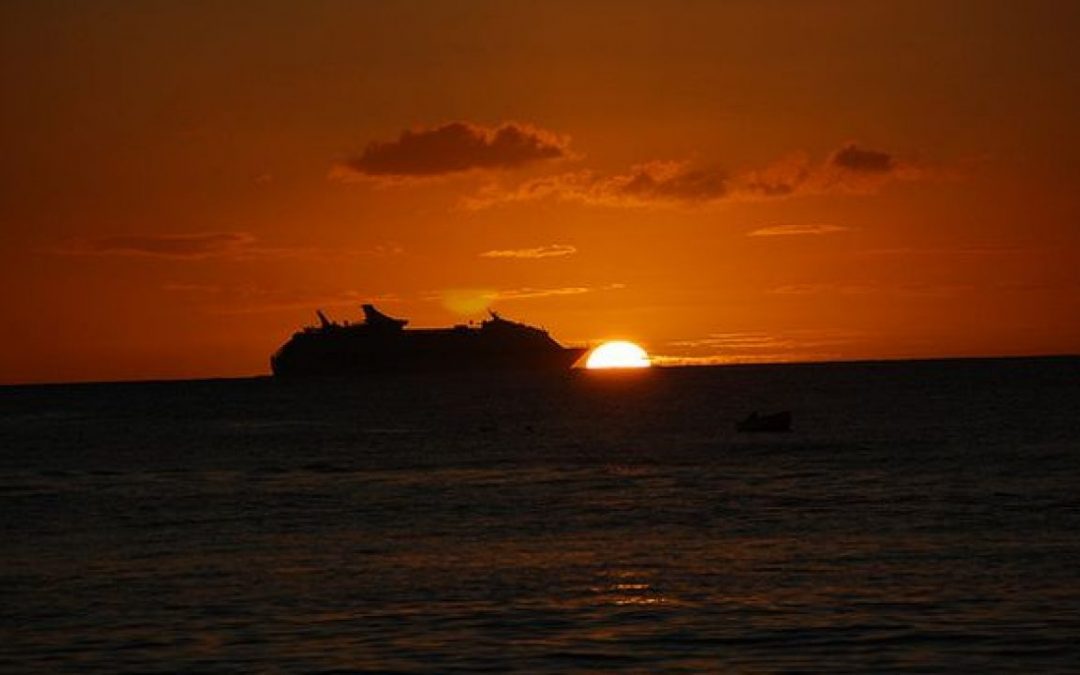According to research by New Transport & Environment (T&E), last year saw a 3% increase in European shipping emissions as the industry moved closer to pre-pandemic levels. Cruise ship emissions were well up on the year before while a high number of vessels transporting LNG contributed to driving up emissions. The industry is moving closer to the point of no return, says T&E.
Jacob Armstrong, shipping manager at T&E, said: “Carbon emissions are at a three-year high as shipping companies continue to go all guns blazing. Europe’s shipping giants are up there with coal plants and airlines as the continent’s biggest polluters. But while everyone has heard of Ryanair, the average person doesn’t even know who MSC is. Without stricter regulations, shipping companies will continue to spurn investments in efficiency and green fuels. The industry is quickly moving to a point of no return.”
Last year, ships visiting European ports emitted nearly 130 million tonnes of CO2. Cargo ships were responsible for the bulk of emissions. MSC, the world’s largest shipping company, was the continent’s biggest carbon emitter. The Swiss-based giant pumped out nearly 10 million tonnes of CO2 last year making it Europe’s 11th biggest polluter. MSC was followed by CMA CGM, Maersk, COSCO, and Hapag-Lloyd in the list of shipping emitters.
Cruise ship emissions in 2022 were almost double what they were last year after a year of disruptions to international travel. The most polluting ship last year was the MSC Grandiosa, which alone was responsible for over 130,000 tonnes of CO2 – the same as a small town.
Liquid natural gas (LNG) shipments, which climbed 58% last year, were the main cargo shipping trend in 2022. As Europe stepped up sanctions on Russian oil, Seaborne emissions significantly increased as a result of Europe’s seek for LNG imports.





